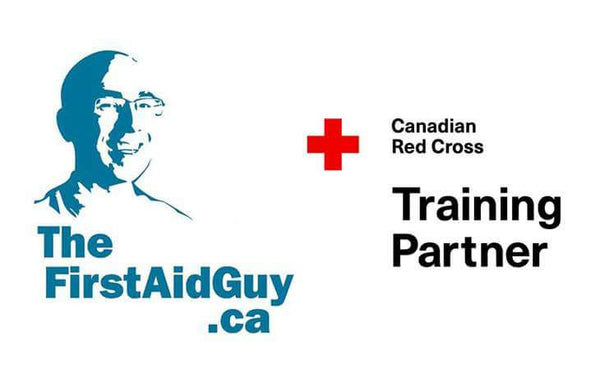Child Safety: Tips for Keeping Kids Safe at Home and in Public Places
Share
Introduction
As parents and caregivers, ensuring the safety of our children is a top priority. Whether at home or in public places, there are potential hazards that children may encounter. By being proactive and implementing safety measures, we can significantly reduce the risks and create a secure environment for our little ones. In this blog, we will discuss essential tips for keeping kids safe both at home and in public places.
Child Safety at Home
-
Childproof the House: Childproofing your home is crucial, especially for toddlers and young children. Install safety gates at the top and bottom of staircases, secure heavy furniture to prevent tipping, and use outlet covers to prevent electrical accidents. Keep toxic substances, sharp objects, and choking hazards out of reach or locked away in cabinets.
-
Supervise Your Child: Continuous supervision is essential to ensure your child's safety. Young children should always be under direct supervision, even in familiar environments. Avoid leaving your child unattended, especially near water sources, stoves, or potentially dangerous objects.
-
Secure Windows and Doors: Install window guards or safety devices to prevent accidental falls from open windows. Keep doors locked and use doorknob covers to prevent children from wandering outside unattended. Teach children about the importance of not opening doors to strangers.
-
Practice Fire Safety: Educate your children about fire safety. Install smoke detectors on each level of your home, test them regularly, and replace batteries as needed. Develop and practice a fire escape plan with your family, designating a safe meeting place outside the home.
-
Teach Safe Habits: Teach your child basic safety rules, such as not touching electrical outlets, not playing with matches or lighters, and not opening the oven or stove without adult supervision. Encourage them to use handrails when going up and down stairs and to be cautious around hot surfaces.
Child Safety in Public Places
-
Hold Hands and Use Safety Restraints: In crowded or busy public areas, always hold your child's hand to prevent them from getting lost. Use safety harnesses or backpack leashes for younger children to keep them close. Ensure that children are securely fastened in appropriate car seats or booster seats while traveling in vehicles.
-
Teach Road Safety: Teach your child the importance of road safety from an early age. Hold their hand when crossing the street and use designated crosswalks whenever possible. Teach them to look both ways before crossing, obey traffic signals, and avoid running into the street.
-
Establish a Meeting Point: In case you get separated from your child in a public place, establish a meeting point where they can go to seek help or wait for you. This can be a specific store, information desk, or security personnel station.
-
Teach Stranger Danger: Teach your child about strangers and the importance of not speaking to or going with someone they don't know. Role-play different scenarios to help them understand what to do if they feel unsafe or uncomfortable.
-
Be Vigilant: Stay attentive and aware of your surroundings when in public with your child. Keep an eye on them at all times and be alert to any potential risks or dangers in the environment.
Conclusion
Child safety is of paramount importance, both at home and in public places. By implementing these safety tips, we can help create a secure environment for our children. Remember, consistent supervision, childproofing measures, teaching safety habits, and open communication with your child are key to keeping them safe. By prioritizing their safety, we can provide them with the freedom to explore, learn, and grow while minimizing potential risks.
Learn more by taking a First Aid course with us . More information and to register at www.TheFirstAidGuy.ca
